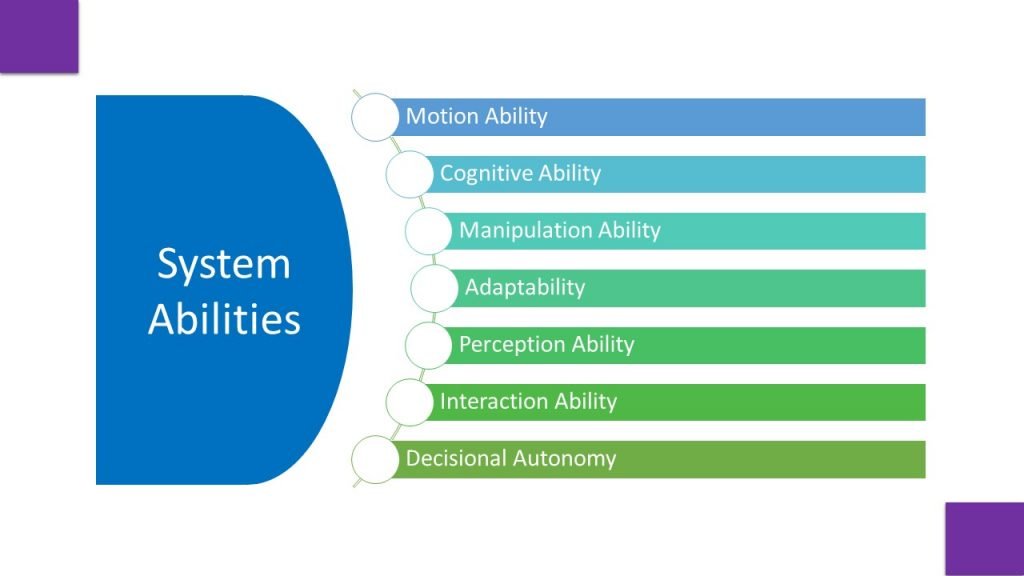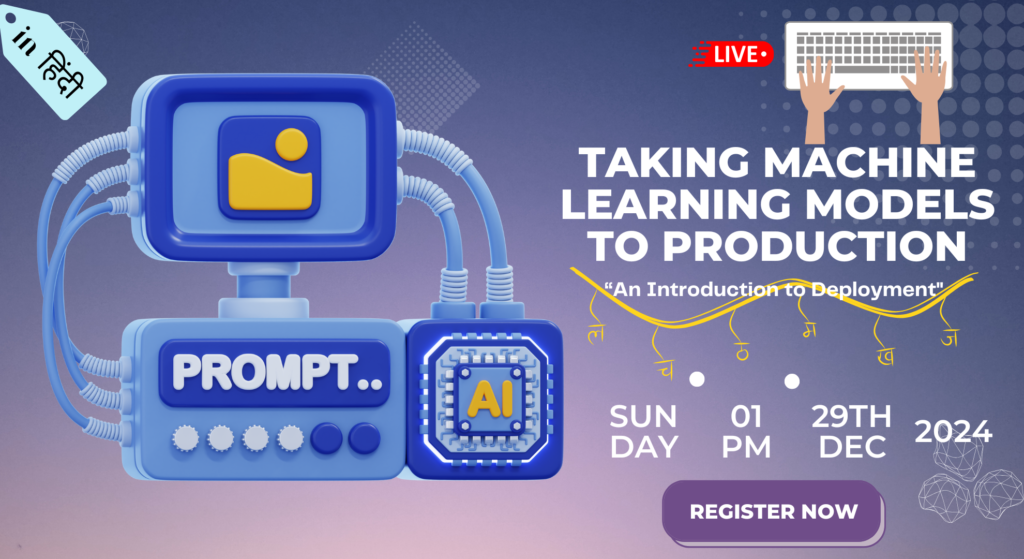Application Domains set the requirements to drive the development of new innovations with a set of system abilities and functions which are implemented with the help of advanced technologies. Lets understand each component in detail.

Robotics technology can be deployed in a broad range of distinct application domains, such as Healthcare, Manufacturing, Agriculture, Consumer Applications, Logistic and Transport, Civil Applications, Commercial Projects and many more where each domain is a cluster of many sub-domains with their own needs and requirements.

First one is healthcare robotics, which can be further classified into Clinical Robotics, Rehabilitation , and assistive robotics. Clinical robotics covers surgery, diagnosis and therapeutic processes used by physiotherapist and also by psychiatrist, rehabilitation robotics covers prosthesis and devices such as robotic exoskeletons or orthoses and other rehabilitation aids that can be used post-trauma or post-surgery to train and support recovery , whereas Assistive robotics covers clinically based assistive robotics that are designed to help perform routine functions as nurses, or sisters do. Watch a video of Robobear, an assistive robot to lift people from ground to wheelchair and vice versa and Moxie, a nurse robot developed by Diligent Robotics is reliving the stress of nurses and other staff by doing repetitive chores:



watch a video how robotic exoskeletons are useful for paralyzed people
Moxie, a nurse robot
Second is manufacturing, in this sector applications of robotics technology are developing dynamically. Industrial Robotics is a fast developing subdomain under this sector. Some key market sectors under industrial robotics are Electronics assembly , Automotive parts manufacturing and automotive assembly , General production of metal, rubber or plastic parts and Food processing.

Watch how BMW car factory robots assisting in fast manufacturing
Third is agriculture, which is further divided into arable farming, livestock farming and special crops. Arable farming is where only crops are grown on a farm, then used or sold by farmers to earn their livelihood. Many autonomous robots are used for industrial farming for example an autonomous agricultural robot bonirob is being developed by Boasch and german company Amazone for weed plucking, that also uses spectral imaging to distinguish green plants from brown soil, and which remembers the location of individual plants and returns repeatedly to each to monitor their growth. Watch a video of it working on the grounds. In other areas such as livestock farming autonomous feeding robots, barn cleaning robots , Milking robots for cows are developed. For autonomous planting, pruning, and harvesting for high value crops specially designed robots are used by farmers. Many of these technologies are used by farmers living in Australia and other developed nations.
The domain can be divided into a number of different sub-domains: • Domestic appliances • Entertainment • Education • Assisted Living. Robotics technology has been applied to domestic appliances for over ten years, starting with pool cleaners, vacuum cleaners and lawn mowers. Under Entertainment industry robotics technology help to create new theme parks with enhanced roller-coaster rides to alleviate visitor experience. In education sectors, learning robotics is very special experience for students. Assisted Living is a challenging domain where robotics technology provides support for independent living at all ages, social innovation & inclusion and ageing. Robots are cute companions to people.
Watch a video of a cute robot named Buddy:
In Logistic and Transport sector autonomous transport is a high profile technology. It is likely that the market impact from this will be incremental as vehicle manufacturers increase the level of automation in products, Within the logistics domain the highest impact of robotics technology is in warehouse based systems especially for order picking and distribution centers and intra-logistics operations in factories and retail.
Alibaba Video:
Amazon Video:
invia robotics warehouse video:
Civil domain covers applications managed by civil authorities, national and local government and robots operated by regional and national agencies, Some examples of Civil applications for Robotics Technology are: Road maintenance and cleaning, rubbish collection, Monitoring and maintenance of roads, dams, bridges and tunnels , provide assistance in decommissioning tasks. monitoring air, ground and water quality of industrial sites, harbours, rivers, lakes and sea , Security monitoring of airports, energy plants, nuclear plants, pipelines, railways, Monitoring of urban environments – residential & commercial zones, civil buildings, streets, pedestrian areas, parks, entertainment/recreation areas, tourist sites; Monitoring of crops and forests against fires and other natural events; Surveillance and intervention in special areas as national borders, maritime areas, Support to human officers in operations to uphold civil law; Monitoring and intervention in disaster areas due to earthquake, partly collapsed buildings or sites that are dangerous to enter by humans, Assistance in training of personnel working in the civil sector e.g. Law enforcement, emergency services, hazardous environment operations, Space operations and also for Ocean science exploration.
Watch how robot ICARUS is rescuing people
Commercial sector robotics covers the use of robots and remote guided vehicles in the oil and gas sectors and more recently in mining ,sometimes these sector operate within hazardous environments and the extraction of earth resources is often limited by the level of risk associated with human working conditions, where robotics technology provides the enhanced set of tools which can operate more efficiently in such conditions. Other sector is utilities industries, power generation, water, gas and electrical supply, that must remain operational 24/7 in order to minimize costs. Robotics technology plays a significant role in providing continuous inspection capabilities that can be extended to both inspection and repair in future.
Watch video of High Voltage Transmission Line Inspection Robot.
Robot systems operate through the integration of a wide range of different technologies. In addition to the characterization of each of these technologies it is also important to characterize the overall performance of the system. This set of system abilities capture the important system level performance of robots, Each ability captures one specific aspect of the operation and behavior of a robot system.
Motion ability is further divide into constrained and unconstrained motion.
Cognitive ability covers action ability, Interpretive ability, Envisioning ability, learning and reasoning ability.
Manipulation ability covers grasping, holding and handling ability
Adaptability covers parameter adaptability, component and task adaptability.
Perception ability covers scene and location perception, tracking, recognition ability.
Interaction ability covers human-robot , robot-robot interaction and interaction safety.
Decision autonomy is the ability of the robot to act autonomously. Nearly all systems have a degree of autonomy. It ranges from the simple motion of an assembly stopped by a sensor reading, to the ability to be self sufficient in a complex environment.

Technology clusters
a) Human Robot interaction
b) Perception
c) Navigation
d) Cognition
e) Mechatronics
f) System Development


To implement wide range of robotics applications in many areas such as drilling, packaging, material cutting, welding, color coating and polishing, military operations using drones , complex medical surgeries, entertainment, space exploration and artificial limbs implantations , the knowledge of many engineering fields as electrical, mechanical , computer science, electronics, civil engineering required.


